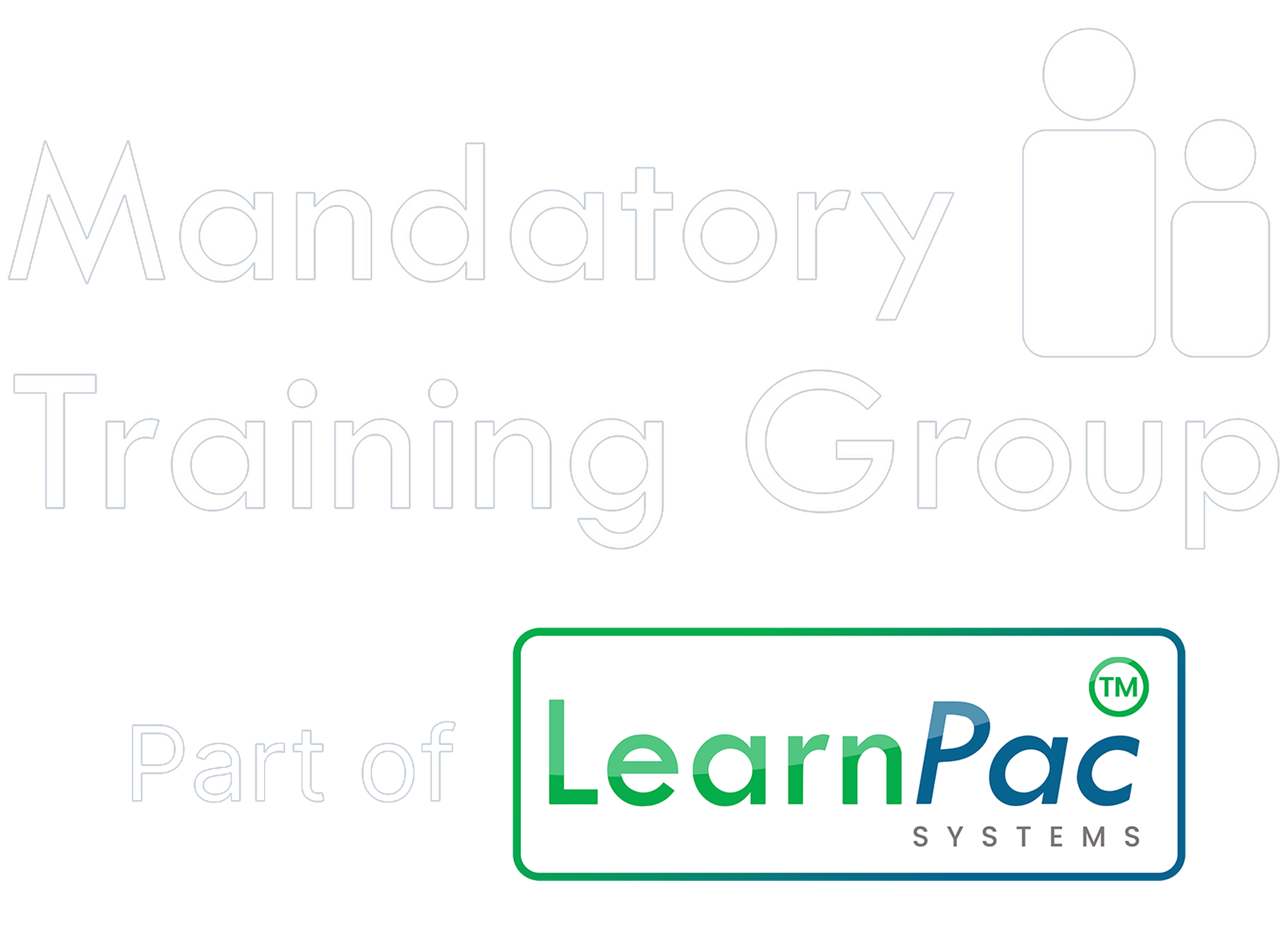You have no items in your shopping basket.
Anna Nova Galeon
10-09-2024
World Suicide Prevention Day 2025
Image by AnnaStills via Envato Elements
Changing the narrative on suicide - Why awareness, safeguarding, and compliance matter for organisations in health, social care, education, and beyond
Every year on 10 September, the world marks World Suicide Prevention Day - a global initiative led by the International Association for Suicide Prevention (IASP) and supported by the World Health Organization (WHO). The day serves as a call to action, urging communities, policymakers, and organisations to unite in addressing one of the most pressing public health challenges of our time.
In 2025, the theme is “Changing the Narrative on Suicide.” This theme highlights the urgent need to break down stigma, challenge misconceptions, and create environments where individuals feel safe to talk openly about suicide. By shifting the conversation from silence and shame to empathy and support, we can build systems that save lives.
In this blog, Anna Nova Galeon will explore why World Suicide Prevention Day matters, what “Changing The Narrative” really means, and how highly regulated organisations can turn awareness into meaningful action.
Understanding suicide - From silence to awareness
Suicide is a global crisis that often hides in plain sight. According to the WHO, over 700,000 people die by suicide each year, equating to one life lost every 40 seconds. In the UK, suicide remains the leading cause of death for men under 50 and young people under 35.
Behind each number lies a story of human struggle - mental illness, trauma, financial stress, relationship breakdown, or social isolation. What makes suicide different from many other health crises is the weight of silence that surrounds it. Stigma stops people from reaching out and discourages organisations from addressing it directly.
The theme of 2025 - “Changing the Narrative” - calls for a cultural shift: recognising suicide as a preventable issue, opening conversations, and providing the right systems of support.
Why awareness days matter
Some may see awareness days as symbolic gestures, but their impact is tangible:
- They spark conversation on topics people often avoid
- They unify stakeholders - from regulators to frontline staff - around shared goals
- They challenge stigma, making space for stories, experiences, and education
- They guide practical action, pointing organisations toward evidence-based solutions.
For highly regulated sectors, awareness days reinforce existing statutory duties. Regulatory bodies such as the Care Quality Commission (CQC), Ofsted, and the Health and Safety Executive (HSE) increasingly expect organisations to demonstrate active measures for safeguarding and wellbeing. Suicide prevention is not only a moral duty - it is a compliance responsibility.
The role of highly regulated organisations
Changing the narrative on suicide requires systemic action. Here is how regulated organisations play a vital role:
1. Healthcare providers
Healthcare services are often the first line of defence against suicide. Under CQC standards, providers must deliver care that is safe, effective, and person-centred. This means:
- Training clinicians to identify suicide risk and intervene sensitively
- Embedding suicide prevention in patient safety frameworks
- Coordinating with crisis intervention teams and support services.
2. Social care services
Vulnerable adults in residential care, supported living, or community programmes often experience isolation, disability, or long-term illness - risk factors for suicide. Providers should:
- Integrate suicide awareness into safeguarding policies
- Train carers to recognise signs of withdrawal or hopelessness
- Encourage dialogue with service users and families.
3. Education providers
Young people face rising pressures, from exam stress to online bullying. Suicide remains one of the leading causes of death among adolescents and students. Ofsted’s frameworks place safeguarding and wellbeing at the heart of education, requiring:
- Mental health education is integrated into the curriculum
- Staff are trained to notice early warning signs
- Safe reporting mechanisms for students in crisis.
4. Workplaces beyond care and education
Employers across sectors also hold responsibility under the Health and Safety at Work Act 1974 to safeguard mental health. Practical measures include:
- Offering Employee Assistance Programmes (EAPs)
- Creating psychologically safe environments where staff can speak openly
- Conducting regular well-being risk assessments.
Practical strategies for changing the narrative
To move from awareness to meaningful change, organisations must embrace strategies that normalise open conversations and provide safety nets:
- Training and development - Equip staff with suicide prevention training, mental health first aid, and active listening skills
- Policy integration - Embed suicide awareness within safeguarding, HR, and health and safety policies
- Support systems - Promote clear referral pathways to NHS services, helplines such as Samaritans, and local crisis teams
- Culture of openness - Leaders should model vulnerability, challenge stigma, and encourage discussion
- Monitoring and evaluation - Use data to track wellbeing trends, absenteeism, and safeguarding incidents, enabling early interventions.
By embedding these practices, organisations not only comply with regulatory standards but also demonstrate a genuine commitment to saving lives.
Changing the narrative - Why it matters
Words and stories shape culture. For too long, conversations about suicide have been framed by taboo, blame, or silence. Changing the narrative requires us to:
- See suicide not as inevitable, but preventable
- Recognise the value of open dialogue in reducing isolation
- Treat suicide prevention as both a compliance duty and a human responsibility.
For organisations, this means replacing reactive approaches with proactive systems - where suicide prevention is not an afterthought but a built-in part of governance and wellbeing strategies.
Barriers that must be overcome
Despite progress, challenges persist:
- Stigma that discourages help-seeking
- Workforce capacity issues are leaving staff underprepared
- Service gaps, particularly in mental health provision
- Cultural and social barriers make open conversations difficult.
Changing the narrative requires collective action - from policymakers and regulators to organisations, families, and communities.
Conclusion - From stigma to support
World Suicide Prevention Day 2025 challenges us to rethink how we talk about suicide. Changing the narrative means rejecting silence and stigma, and instead fostering openness, empathy, and support.
For highly regulated organisations, this shift must be more than symbolic. It requires action - embedding prevention strategies into governance, safeguarding frameworks, and everyday practice.
Every conversation matters. Every intervention matters. Every life matters.
Take action with awareness, compliance, and compassion
At The Mandatory Training Group, we believe that awareness is the first step toward prevention. World Suicide Prevention Day 2025 reminds us that changing the narrative on suicide requires both cultural and structural action.
Through our accredited training programmes and our digital compliance ecosystem, ComplyPlus™, we help organisations embed suicide prevention into safeguarding, governance, and everyday practice. By combining awareness with robust compliance, you can create safer, more supportive environments for staff, service users, and communities.
About the author
Anna Nova Galeon
Anna, our wordsmith extraordinaire, plays a pivotal role in quality assurance. She collaborates seamlessly with subject matter experts and marketers to meet stringent quality standards. Her linguistic precision and meticulous attention to detail elevate our content, ensuring prominence, clarity, and alignment with global quality benchmarks.

Contact us
Complete the form below to start your ComplyPlusTM trial and transform your regulatory compliance solutions.




